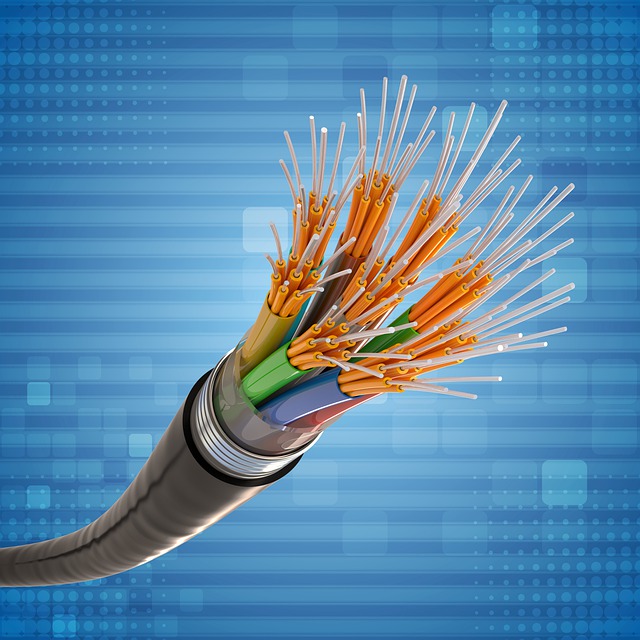The linux kernel is the engine room that oversees all of the functions of the operating system (OS) that runs on Linux-based computers, from desktops and laptops to embedded devices. Developed and modified by an open-source community, the Linux kernel has gained wide popularity for its versatility and customization abilities. This article explains the components that make up the kernel and how they work together to form an effective and efficient operating system.
The Linux kernel began life in 1991, when a Finnish programmer named Linus Torvalds created it as a way to practice his programming skills and learn about the internal workings of a computer operating system. While other Unix-like kernels existed at the time, they either cost money or weren’t compatible with Torvalds’ x86-based PC.
As a result, the Linux kernel has many features that are not commonly found in other operating systems. This includes a device management system that allows programs to interface with various types of hardware devices that are integrated into or attached to the computer, such as printers and keyboards. The kernel synchronizes these devices using small written programs called device drivers.
Another critical component of the Linux kernel is memory management, which allows the operating system to keep track of a computer’s available physical and virtual memory. It also ensures that the data stored by different programs doesn’t accidentally overwrite each other.
Process management is another significant aspect of the Linux kernel, as it governs the scheduling of all processes on a computer and enables them to share CPU run time efficiently. For example, when multiple programs request the same resource, the kernel pauses one of them and gives the other priority until it can free up enough CPU time to complete its task. The kernel can also enact other advanced CPU scheduling algorithms, including SCHED_DEADLINE and SCHED_FIFO, to meet the specific needs of real-time applications like media players or word processors.
The Linux kernel also provides security mechanisms, such as access control policies and user authentication, to protect the operating system and the user’s data from unauthorized access or modification. It also facilitates communication and data exchange between processes through mechanisms such as pipes, sockets, shared memory, and signals.
Lastly, the kernel provides support for various input and output functions, such as file I/O and console control. It also enables the operating system to interact with various forms of hardware that are connected to or integrated into the computer, such as a television, video card, or printer. The kernel accomplishes this synchronization by connecting these devices to the CPU via device drivers and controlling their operation.
The Linux kernel is a large project, and it takes a long time to develop a new version of the operating system. For this reason, it is important to make sure that all patches to the kernel are stable and correct before they are pushed up to production. After two weeks of testing, a release candidate is released with the goal of making the next official version as rock solid as possible. The code for the -rc1 kernel is then reviewed and tested to make sure it doesn’t cause regressions in other areas of the system.





























+ There are no comments
Add yours